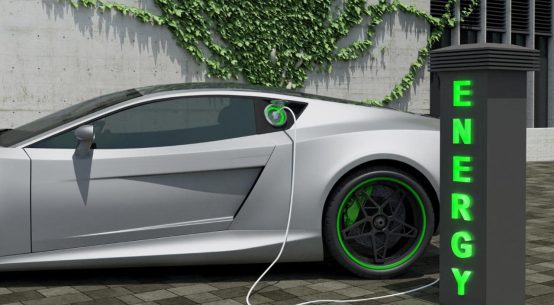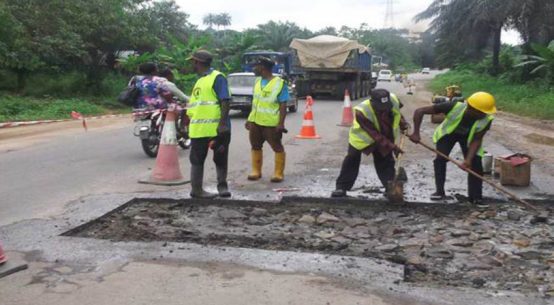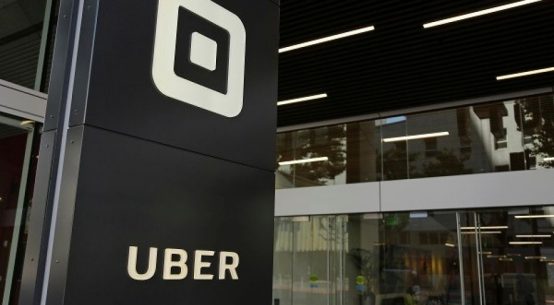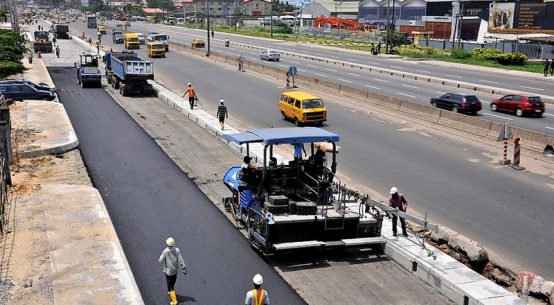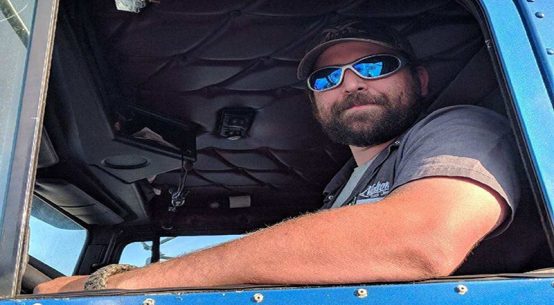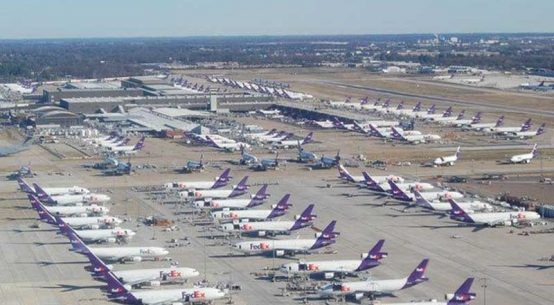
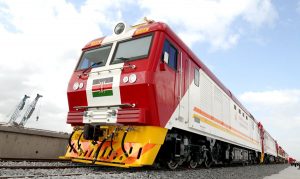
Kenyans gear to roll out the drums as this year’s June 1 Madaraka Day celebrations is a double for Kenyans globally, as they celebrate the 54th anniversary of internal self-governance, and the replacement of the over 100 years old Nairobi-Mombasa railway line and a fleet of aged, rickety and unreliable locomotives and wagons whose services are associated with delay, unpredictability and costly breakdowns.
President Kenyatta on May 31st 2017 will take the inaugural ride aboard the high speed Standard Gauge Railway (SGR) train, from Mombasa to Nairobi; a milestone journey that will usher a new dawn for Kenya and mark the beginning of a revolutionized transport sector in the country.
The launch of the modern Mombasa-Nairobi train service whose key pillars include speed, reliability and competitive pricing runs at an average speed of 120 km/hour successfully will end a 42-month journey that begun on November 28, 2013 when President Kenyatta and Deputy President William Ruto performed the ground breaking ceremony for phase one of the new SGR railway in Mombasa.
The 472 km SGR Railway line between Mombasa and Nairobi is Kenya’s largest single infrastructure project since independence, constructed at a cost of 3.8 billion USD co-financed through commercial and semi-concessional loans from China and the Government of Kenya contributing 90 percent and 10 percent respectively
The Stretch between Mombasa and Nairobi marks the first part of the two-phase project. Funding for the first section of SGR’s second phase (Phase 2A) between Nairobi and Naivasha has already been secured from China. Phase 2B of this critical infrastructural and economic artery runs between Naivasha, Narok, Bomet, Nyamira and Kisumu including the development of a new high capacity port at Kisumu. Phase 2C of the SGR connects Kisumu and Malaba through Yala and Mumias .
This is part of The SGR project proposed to connect Mombasa to Malaba on the border with Uganda and continue onward to Kampala, Uganda’s capital city. It will further run to Kigali in Rwanda with a branch line to Juba in South Sudan. Branch lines along the route will extend to Kisumu, Kasese and Pakwach. Once completed, cargo can ride on the rail lines seamless



